- myFICO® Forums
- FICO Scoring and Other Credit Topics
- Understanding FICO® Scoring
- Re: Util and making payments
- Subscribe to RSS Feed
- Mark Topic as New
- Mark Topic as Read
- Float this Topic for Current User
- Bookmark
- Subscribe
- Mute
- Printer Friendly Page
Util and making payments
Is your credit card giving you the perks you want?
Browse credit cards from a variety of issuers to see if there's a better card for you.
- Mark as New
- Bookmark
- Subscribe
- Mute
- Subscribe to RSS Feed
- Permalink
- Report Inappropriate Content
Util and making payments
Trying to better understand how util and payments affect my score. Here is an example.
Let's say I have $1,000 to pay toward CC's.
CC1: Balance is $1,000; limit is $1,000; util is 100%
CC2: Balance is $5,000; limit is $5,000; util is 100%.
Paying CC1 off reduces util to 0% obviously, while paying the $1,000 to CC2 will reduce the util to 80%.
Which scenario would affect my scores in a more positive manner, reducing one accounts util all the way down to 0 or reducing the larger amounts util down by 20%?
TIA!
- Mark as New
- Bookmark
- Subscribe
- Mute
- Subscribe to RSS Feed
- Permalink
- Report Inappropriate Content
Re: Util and making payments
@Platinum25 wrote:Trying to better understand how util and payments affect my score. Here is an example.
Let's say I have $1,000 to pay toward CC's.
CC1: Balance is $1,000; limit is $1,000; util is 100%CC2: Balance is $5,000; limit is $5,000; util is 100%.
Paying CC1 off reduces util to 0% obviously, while paying the $1,000 to CC2 will reduce the util to 80%.
Which scenario would affect my scores in a more positive manner, reducing one accounts util all the way down to 0 or reducing the larger amounts util down by 20%?
TIA!
I don't know the answer to your question, but can say that mortgage scores are generally more influenced by turning balances into zero balances, while FICO 8 scores are more impressed by reducing percentages across the board.

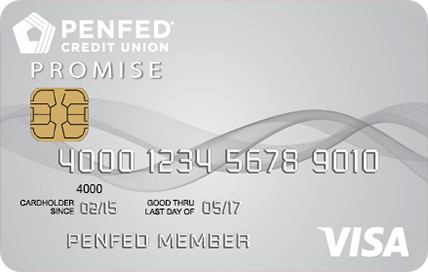


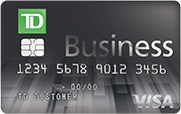
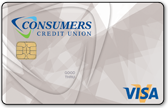
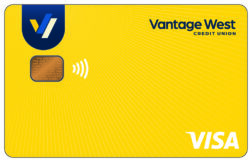
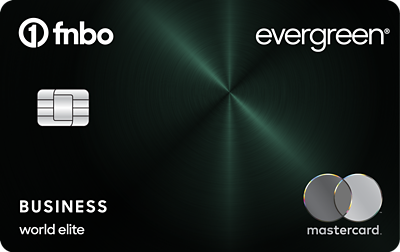
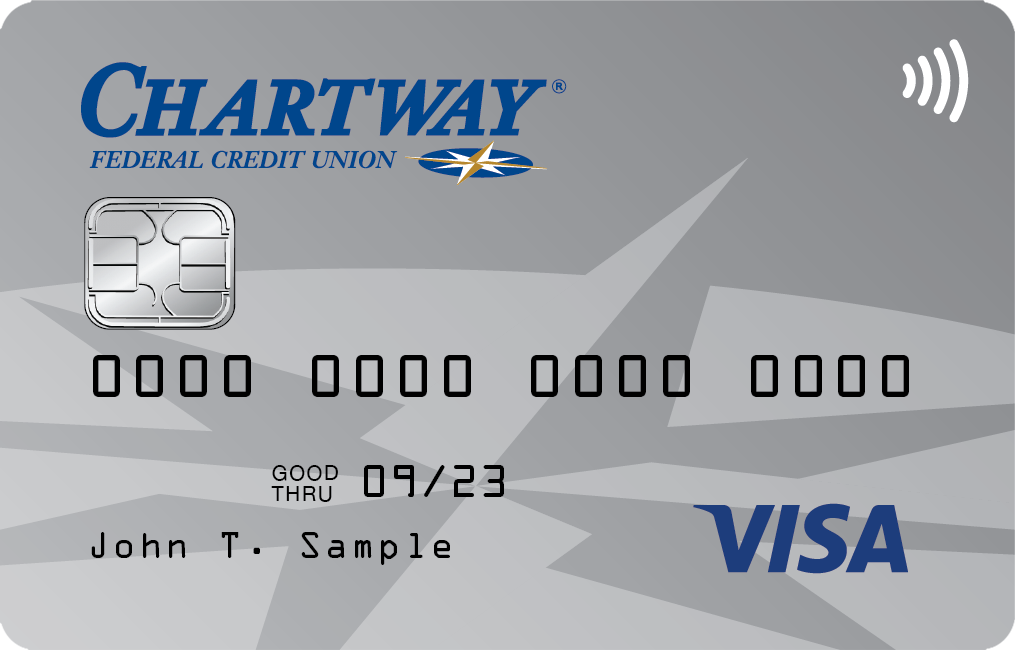


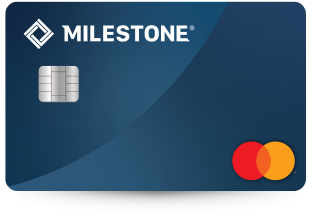
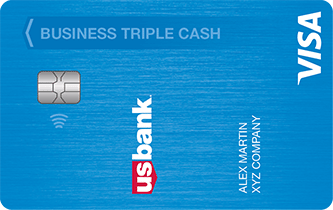

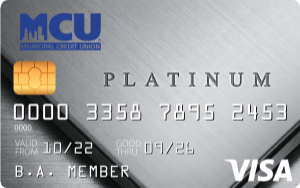
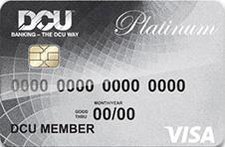
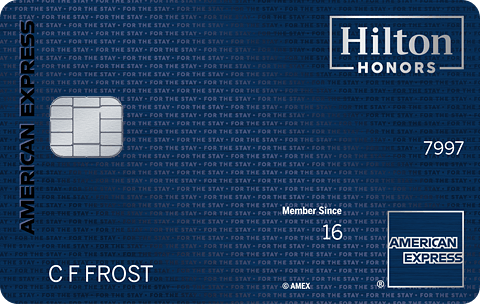
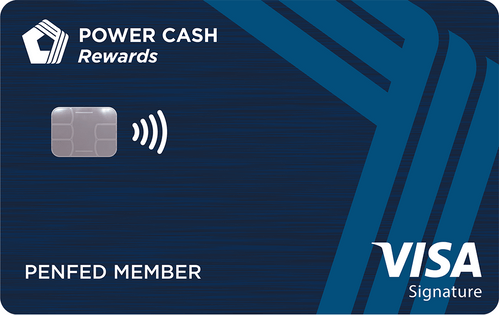
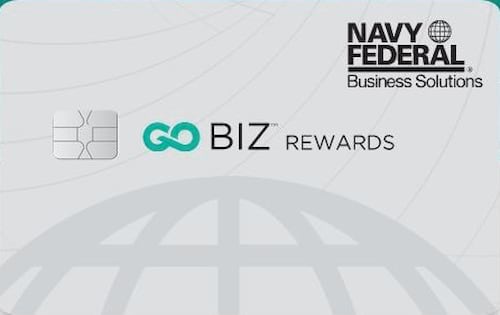
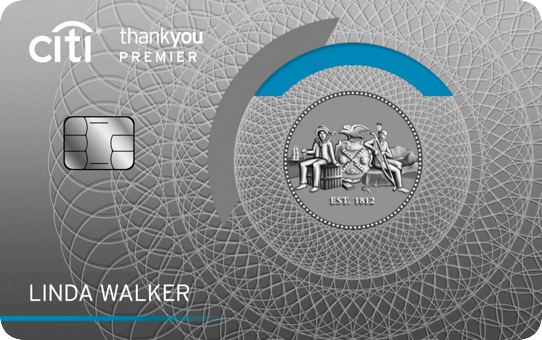
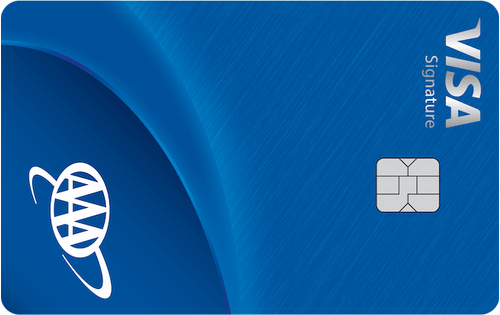
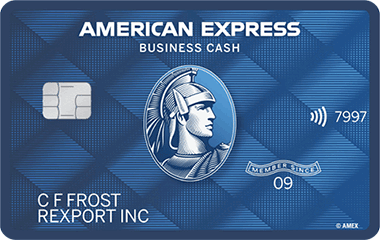
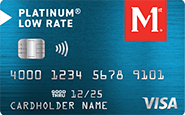
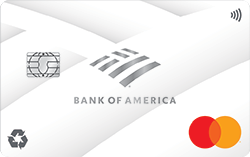


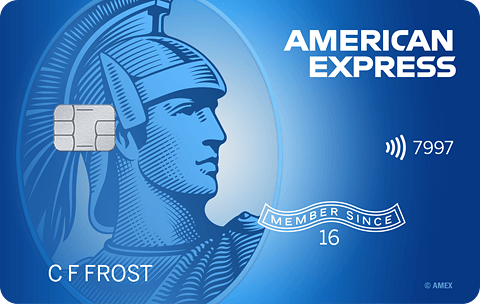
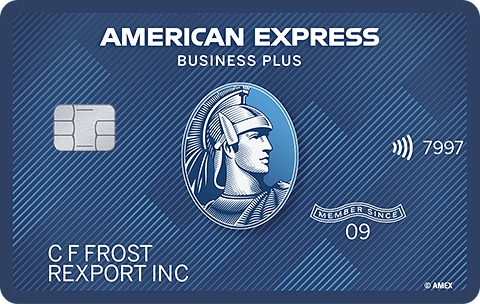



Total revolving limits 569520 (505320 reporting) FICO 8: EQ 689 TU 691 EX 682
- Mark as New
- Bookmark
- Subscribe
- Mute
- Subscribe to RSS Feed
- Permalink
- Report Inappropriate Content
Re: Util and making payments
I would expect a bigger point gain by getting CC2 under 89% and throw the rest at CC1.
The aggregate UTL would be the same, but you cross more individual CC1 thresholds while also getting under the "maxed" threshold on CC2.
- Mark as New
- Bookmark
- Subscribe
- Mute
- Subscribe to RSS Feed
- Permalink
- Report Inappropriate Content
Re: Util and making payments
Either of those options leaves you with a maxed out card. Those are score killers. Paying off the $1000 card would net you more points than paying 20% of the $5000 card. Neither option is best. You're better off paying $650 on the $5000 card to get it to 87%, so that it's out of maxed territory with enough headroom to keep it under the 89% breakpoint that denotes a maxed card once interest is added. Put the other $350 against the $1000 card to get it to 65%.
This way you drop one card through a scoring tier, the other through two scoring tiers, and you have no maxed cards. This gets your aggregate usage to 83.3% as well, which falls through the 89% breakpoint. The net gain from all of this will be better than throwing all the money at either card, and will also look a lot better to your lenders. They're twitchy right now with C19 and you don't want to attract attention.
- Mark as New
- Bookmark
- Subscribe
- Mute
- Subscribe to RSS Feed
- Permalink
- Report Inappropriate Content
Re: Util and making payments
Thanks for all the replies, folks. Greatly appreciated.
- Mark as New
- Bookmark
- Subscribe
- Mute
- Subscribe to RSS Feed
- Permalink
- Report Inappropriate Content
Re: Util and making payments
Your payment history is 35% & current balances vs. the line of credit is 30% of your FICO scores. So both your payments & utilization percentages have the most impact, especially revolving trade lines. So based on what you have stated in your message I will give you more detailed information so that a plan of action can be executed.
In addition to the reasons to why your scores are lower, as indicated at the Myfico website, there is a two digit number called a credit risk code. These numbers are specific to what is causing the score to be lower. If you have ever looked at a mortgage credit report you would have seen four reasons with the two numbers in front of them. Those are the top reasons to why your score would be low.
Let's get started with your specific situation. The credit risk codes are actually from Experian .
CODE RISK DEFINITION
01 AMOUNTS OWED ON ACCOUNTS IS TOO HIGH
PLAN OF ACTION-BRING BALANCES DOWN. AS YOU PAY YOUR DEBT DOWN YOUR SCORES WILL START TO GO UP
05 TOO MANY ACCOUNTS WITH BALANCES
PLAN OF ACTION-TOO MANY MEANS TWO OR MORE. PAYOFF ONE OUT OF THE TWO CREDIT CARDS & THIS GOES AWAY
10 RATIO OF BALANCE TO LIMITS ON REVOLVING ACCOUNTS IS TOO HIGH
PLAN OF ACTION-BRING BALANCES DOWN. AS YOU PAY YOUR DEBT DOWN YOUR SCORES WILL GO UP
11 AMOUNT OWED ON REVOLVING ACCOUNTS IS TOO HIGH
PLAN OF ACTION-BRING BALANCES DOWN. AS YOU PAY YOUR DEBT DOWN YOUR SCORES WILL GO UP
From personal experience & research I was able to locate these codes. Unfortunately there is more than one code to your situation. So here is the optimal thing that you can do to get the most points on your FICO scores.
1 Payoff one credit card to a zero balance
2 On the second revolving account leave a balance of at least $ 5 but no more than 5% utilization. Only do this right before the billing cycle or statement ends for the month. As soon as the statement starts over for the following month to were it has been reported to the credit bureaus, pay of that account in full. Keep doing the same thing month after month. The scoring algorithm is looking for consistency.
3 On the card with a zero balance make sure that you use it but pay it back off in full before it reports each month. That way you show activity
Here is a link to the FICO score estimator.
https://www.myfico.com/fico-credit-score-estimator/estimator
I hope this helps